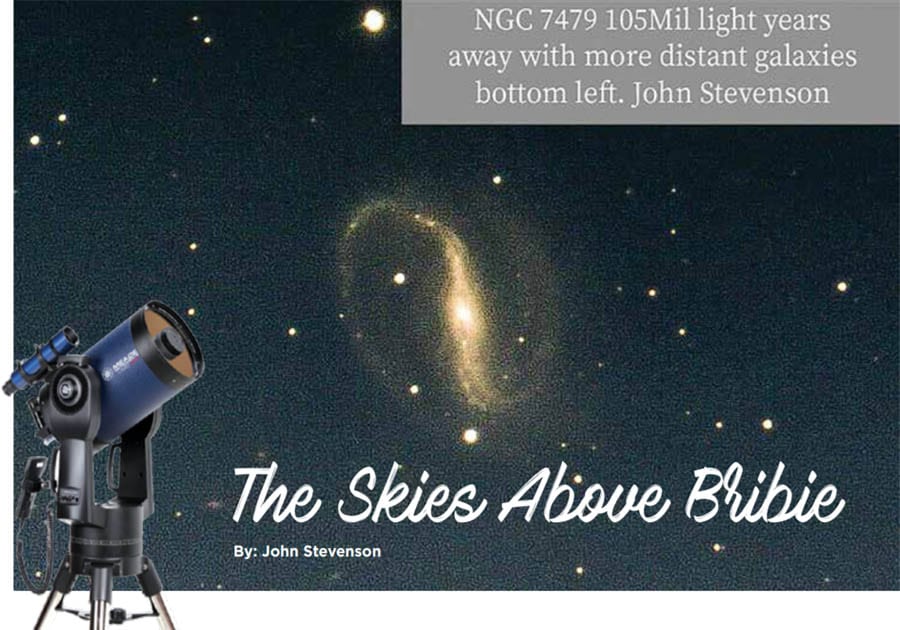Coming into late October, early November, the planets are leaving us, setting in the western sky, as well as moving further away from earth and getting smaller visually. Jupiter is still the brightest planet in the sky, while Mars is still the bright orange object, high above our head at 9 pm most nights.
The next step in our journey is learning to recognise some of the brighter stars visible each night. Even learning 5 or 6 of these stars is imperative to setting up most modern telescopes and passing on that knowledge, one night, will definitely impress the family to no end. It also helps to find and identify interesting star clusters and nebula (gas clouds), by star-hopping, using a star chart or phone app. Many free phone apps will help you learn the brighter stars visible. Now is an excellent time to learn some of these stars, as the planets, (which are easily recognised), can be used as a reference to identify the stars.
Our object of the month is designated 47 Tucanae, an amazing object that we can find with our binoculars, very close to the Small Megellanic Cloud, almost exactly south, about 30º above the horizon, a fuzzy patch and begging for further investigation. In any small telescope Aussie Online Casinos, the view is jaw-dropping. A densely packed globe of over a million stars, and one of the skies best examples of a globular cluster, 13,000 light-years from earth. Recently the Hubble Space Telescope undertook a study to find planets around any of the stars in this object.
Most objects we see in our binoculars are within our galaxy. Mostly to see other galaxies, an astronomical telescope is needed. There are 10,000 galaxies listed on my star-charts, but that by no means is a final count. N.A.S.A., using the Hubble Space Telescope, currently estimate 200 Billion galaxies exist in our universe. The size of our universe is beyond comprehension. Returning to our backyard, rising in the east, late October/ November, are the familiar constellations of Taurus and Orion (or as some say the pot).
We will explore these exciting areas of the sky, next time as the Full moon on Halloween, (Quite uncanny!), will definitely interfere with our sky tour. Always ready to answer any questions by email: [email protected] John Stevenson, Amateur astronomer for his entire life. Owner/Operator of Banksia Observatory, Bribie Island.
